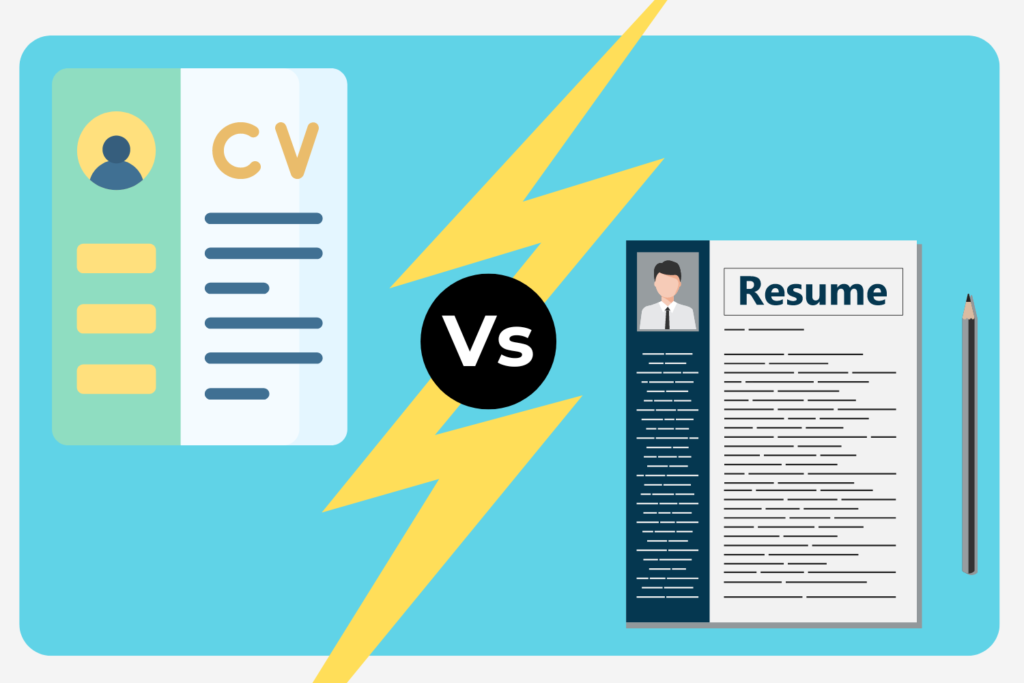CV (Curriculum vitae) vs. Resume: What's the Difference?
Understand the distinctions between a CV and a resume, and learn when to use each document in your job search.
In the realm of job applications, the terms “CV” (Curriculum Vitae) and “resume” are often used interchangeably. However, they are distinct documents with different purposes and formats. This article explores the differences between a CV and a resume and provides guidance on when to use each document effectively.

Understanding a CV vs. a Resume
One of the primary distinctions between a CV and a resume is their length, content, structure, and purpose. Below is a detailed comparative study highlighting the key differences between the two documents:
| Aspect | CV | Resume |
|---|---|---|
| Length | Several pages long, detailed | One to two pages, concise |
| Content | Comprehensive, detailed | Focused, highlights key achievements |
| Structure | Chronological | Flexible |
| Purpose | Academic and research-based fields | Corporate and business sectors |
| Usage | Common outside North America | Standard in North America |
Detailed Explanation
Length:
- A CV is typically several pages long, providing a comprehensive overview of an individual’s academic and professional history. It includes detailed information about education, work experience, publications, presentations, awards, and other relevant achievements.
- In contrast, a resume is shorter, usually limited to one or two pages. It focuses on highlighting the most relevant skills, experiences, and accomplishments related to a specific job opportunity.
Content:
- A CV contains detailed sections on education, work experience, research, publications, presentations, awards, and professional affiliations. It provides a comprehensive snapshot of an individual’s academic and professional achievements.
- On the other hand, a resume emphasizes relevant skills, accomplishments, and experiences related to the specific job opportunity. It may include sections such as a professional summary, work experience, skills, and education.
Structure:
- CVs are typically structured chronologically, with sections organized in the order of academic and professional history. This format allows for a comprehensive overview of an individual’s qualifications and experiences.
- Resumes have a more flexible structure and can be organized in various formats based on the individual’s preferences and the requirements of the job application. They may include sections such as a career objective, work experience, skills, and education, with the focus on highlighting key achievements and qualifications.
Purpose:
- CVs are commonly used in academic, scientific, and research-based fields, as well as in countries outside of North America. They are intended to provide a detailed overview of an individual’s qualifications and achievements for academic positions, research opportunities, or international job applications.
- Resumes are standard in North America and widely used in corporate, business, and non-academic job sectors. They are tailored to specific job opportunities and are designed to showcase the most relevant skills and experiences related to the desired position.
Usage:
The usage of CVs and resumes varies based on geographical location, industry, and job requirements. While CVs are more common outside North America, resumes are the standard document for job applications in the United States and Canada.
In Conclusion
Understanding the differences between a CV and a resume is crucial for tailoring your application materials to specific job opportunities and industries. By utilizing the appropriate document for each situation, you can effectively showcase your qualifications and experiences to potential employers.
